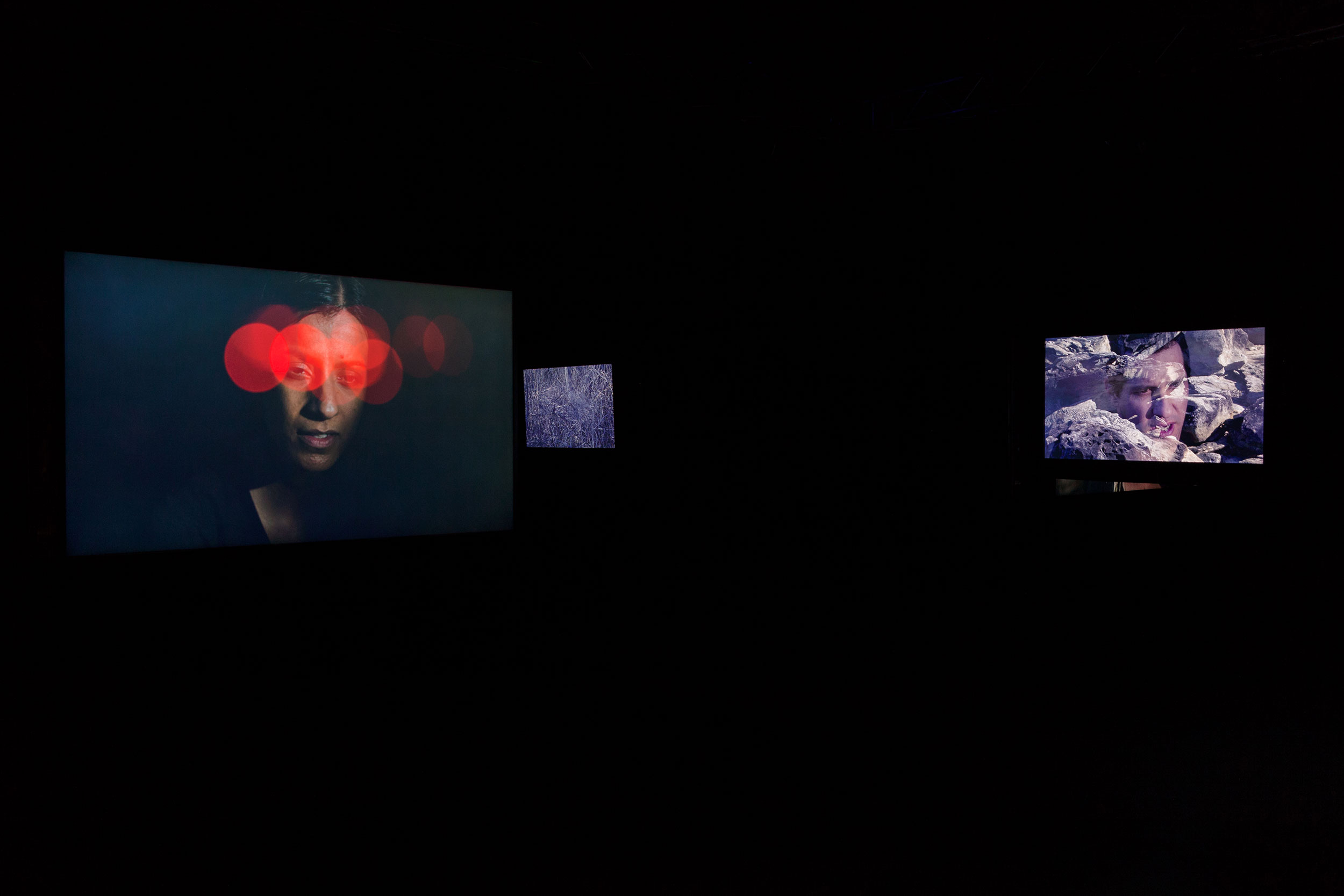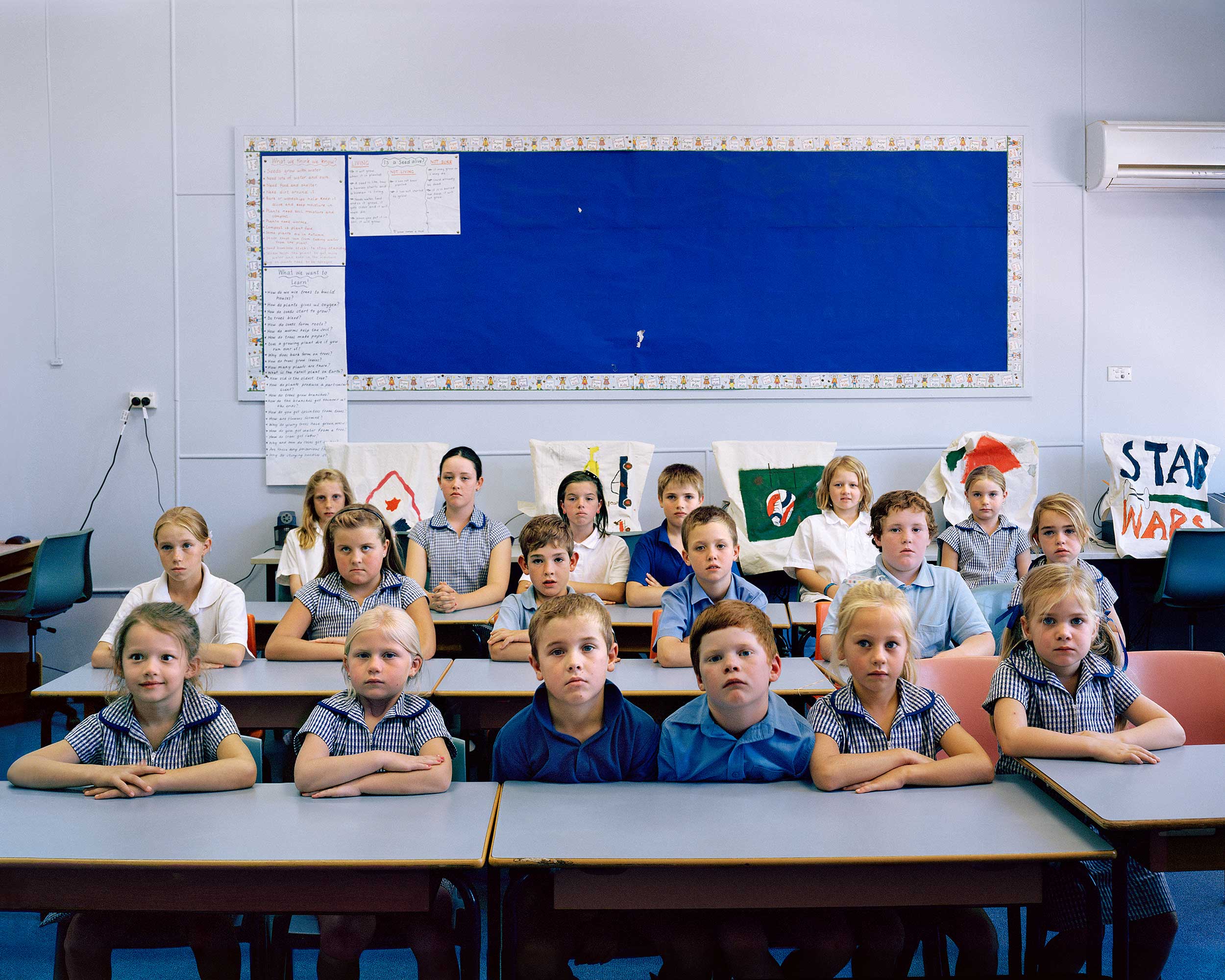How did your experience at ICP shape the artist you are today?
My time at ICP was transformative—to say the least. In one year I gained a deep understanding of the medium of photography, from its rich history to its contemporary application. I learned technical skills, but perhaps the most influential aspect for me, and the most exciting, was the opportunity to learn from working artists whose work I admired.

Your work has shifted, from photographic explorations of distinct national identities in your earlier work, to a sort of non-specific global identity in your recent immersive video installation, The Moon Belongs to Everyone. Can you describe how your process has evolved over the years?
My practice is rooted in an exploration of identity politics and culture. That thread began as a student at ICP and continues still today. However, my relationship to the photograph has evolved. The Moon Belongs to Everyone was created by the urge to take the photograph off the static wall. Currently I am interested in the potential of installation, and the negotiation between the viewer and the image in the gallery space.

You investigated the culture of success in Australia with your book project Tall Poppy Syndrome. What is “tall poppy syndrome” and how does it contrast with the American idea of success?
Tall poppy syndrome is a term used to describe a social phenomenon in Australia in which successful people (the “tall poppies”) get “cut down to size,” criticized, resented, or ridiculed because their talents or achievements distinguish them from their peers.
The project, Tall Poppy Syndrome, is a collaborative work I did with fellow American photographer Amy Stein. (Interestingly, Amy and I met at ICP). As we mention in the book: “As Americans we are taught to strive for success and celebrate those who distinguish themselves from the crowd. Tall poppy syndrome runs contrary to everything we know. From the moment we first heard this term we were compelled to investigate it further. In March 2010, we embarked on a month-long road trip around New South Wales, Australia's most populous state. We set out to meet everyday Australians and explore their reaction to this cultural phenomenon. Our journey is recounted in the photographs.”
Through our journey we began to realize that tall poppy syndrome is more a reaction to exceptionalism rather than achievement or personal expression.
What is one of your favorite ICP moments or memories?
Without a doubt, the color darkroom was the place where memories were made. It was a mecca of sorts. A special gathering place for lots of young photo-artists; not just those of us enrolled in the one-year program. We would hang our test-prints in the classroom, and spend many hours with whomever else was there printing at the same time. It was usually the same cast of characters coming in and out, chatting, sharing concepts and stories, and discussing technique and interpreting the colors in one another’s prints.
What would you say to people thinking about applying to the General Studies program at ICP?
The Full-Time Programs offer a wonderful and intense year to immerse yourself into photography. My advice is: do it! And when you do it, do it well. Put your everything into it. Expose yourself to everything thrown at you. Test, test, test, and allow mistakes to happen.
Learn more about the ICP School's Full-Time Programs in General Studies in Photography, Documentary Practice and Visual Journalism, and New Media Narratives.




